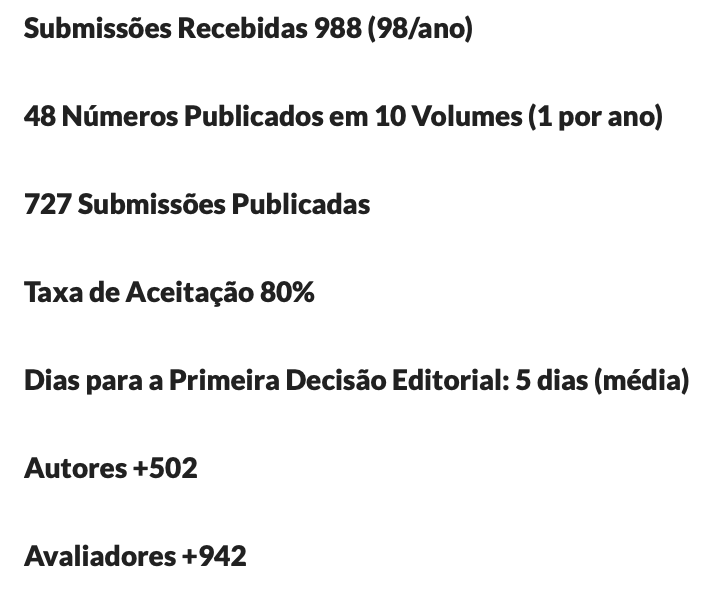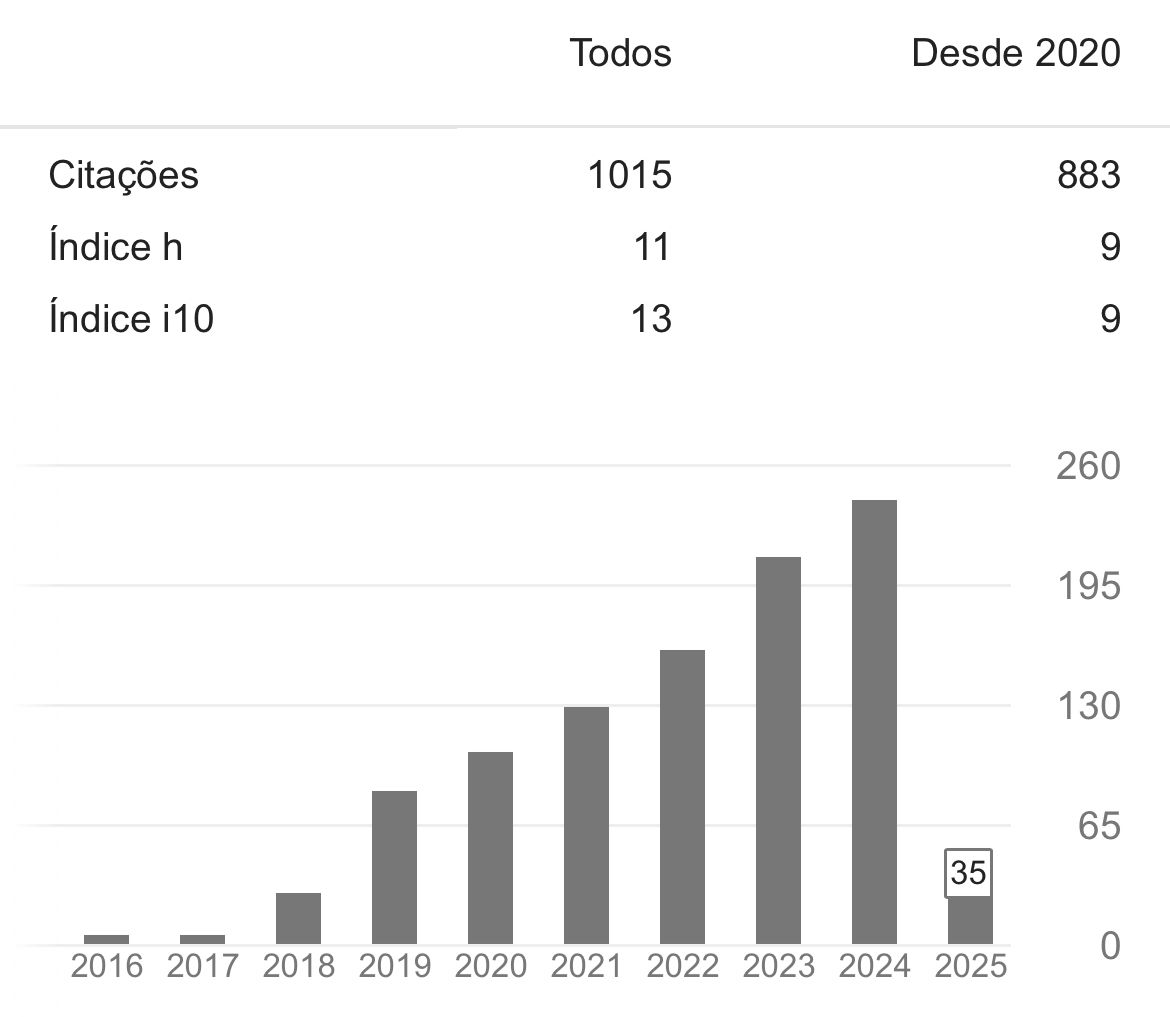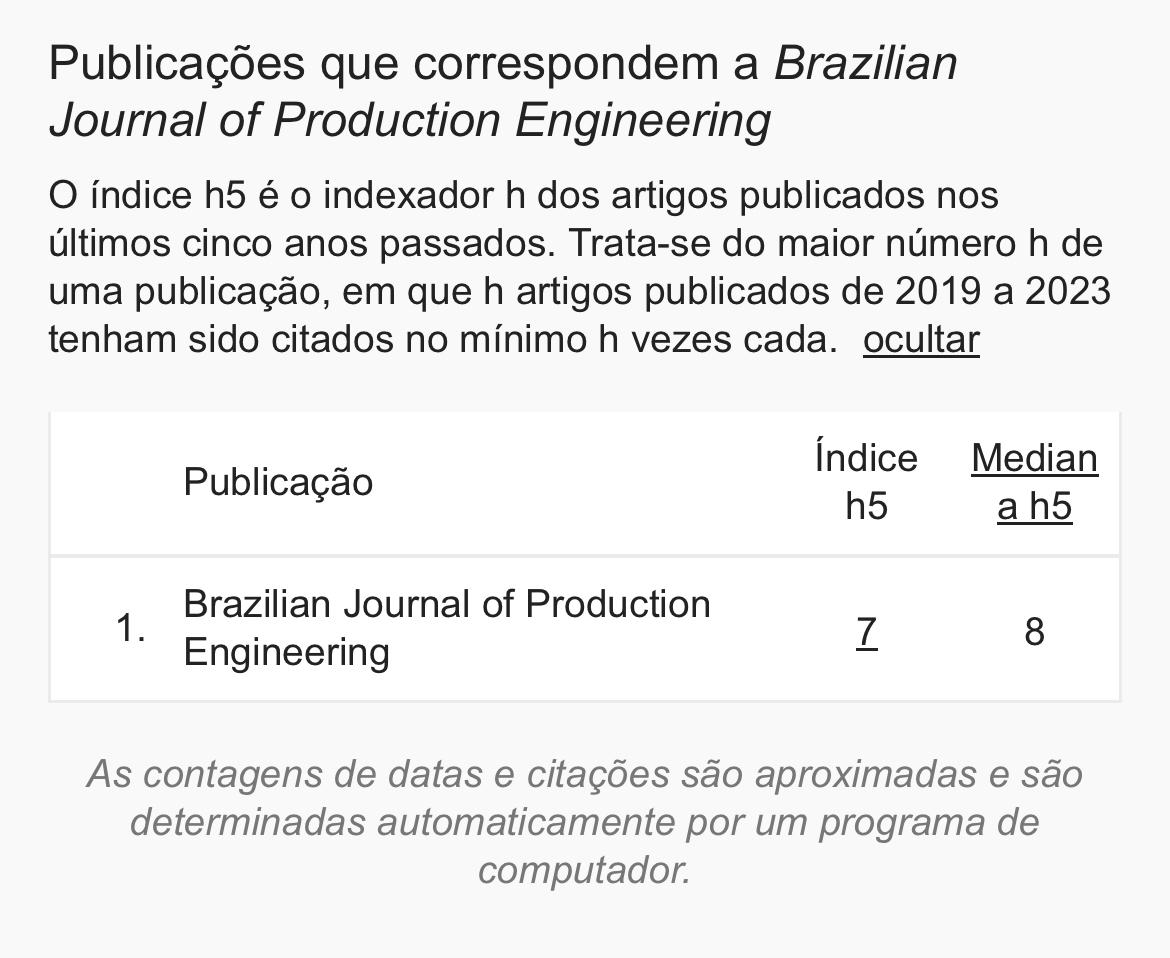Avaliação de risco ocupacional em obra de grande porte em manutenção e conserva de rodovia com aplicação do FMEA: uma investigação sobre sinalização e trabalho em rodovia
DOI:
https://doi.org/10.47456/bjpe.v7i2.33601Palavras-chave:
Rodovias, Segurança do Trabalho, Riscos, FMEA.Resumo
A constante ascensão do modal rodoviário é indiscutível da mesma forma que é o mais representativo na logística de transporte no Brasil. Em decorrência do aumento da utilização desse meio de forma demasiada, a demanda de serviços em obras de construção, manutenção e conserva tem crescido. Essas atividades detêm altos riscos laborais, e a problemática existente com esse crescimento está na segurança do trabalho de quem opera nas vias rodoviárias. Nesse sentido, o objetivo desta pesquisa é realizar uma investigação da situação dos trabalhadores da construção civil em obra de grande porte - manutenção e conserva de rodovia, trecho de Açailândia a Imperatriz-MA, com ênfase nos processos de tapa buraco e limpeza de dispositivos de drenagem. Através dos registros fotográficos foi realizado uma discussão em torno das inconformidades encontradas em comparação às normas regulamentadoras n°6 - Equipamentos de Proteção individual (EPI) e n° 18 - Medidas de Segurança. Subsequentemente, os dados obtidos foram utilizados como prováveis modos de falhas, mediante as situações analisadas para a aplicação do FMEA (failure mode and effect analysis). Com a obtenção do RPN (risk priority number) foi possível organizar os modos de falhas por ordem de prioridade, do mais arriscado ao menos arriscado. Para serviço de limpeza feito com roçadeira manual a falha do sistema de segurança adequado ao equipamento teve o maior RPN de 210, também o maior RPN geral, seguido do modo de falha Acidente de trânsito tendo como causa não-sinalização no trecho da obra obteve o RPN de 108. Portanto, apresenta-se um plano de ações preventivas no sentido de contribuir para mitigar os riscos ocupacionais presentes na obra investigada.
Downloads
Referências
Bucasio, E. et al., (2005). Transtorno de estresse pós-traumático como acidente de trabalho em um bancário: relato de um caso. Revista de Psiquiatria do Rio Grande do Sul, 27(1), 86-89.
Buodo, G. et al., (2011). Assessment of cognitive functions in individuals with post-traumatic symptoms after work-related accidents. Journal of anxiety disorders, 25(1), 64-70.
Cavaignac, A. L. de O., & Uchoa, J. G. L. (2018). Obtaining FMEA’s indices for occupational safety in civil construction: a theoretical contribution. Brazilian Journal of Operations & Production Management, 15(4), 558-565.
Cavaignac, A. L. de O., & Forte, L. L. N. (2018). Utilização do FMEA para priorização de risco ocupacional: uma nova abordagem direcionada a construção civil. Brazilian Journal of Production Engineering-BJPE, 132-149.
Transporte Rodoviário: desempenho do setor, infraestrutura e investimentos. – Brasília: CNT, 2017. Recuperado de http://cms.cnt.org.br/Imagens%20CNT/PDFs%20CNT/Estudos%20CNT/estudo_transporte_rodoviario_infraestrutura.pdf
Galon, T., Marziale, M. H. P., & Souza, W. L. de. (2011). A legislação brasileira e as recomendações internacionais sobre a exposição ocupacional aos agentes. Revista Brasileira de Enfermagem, 64(1), 160-167.
Iriart, J. A. B. et al., (2008). Representações do trabalho informal e dos riscos à saúde entre trabalhadoras domésticas e trabalhadores da construção civil. Ciência & Saúde Coletiva, 13(1), 165-174.
Laurenti, R., Villari, B. D., & Rozenfeld, H. (2012). Problemas e melhorias do método FMEA: uma revisão sistemática da literatura. Pesquisa & Desenvolvimento Engenharia de Produção, 10(1), 59-70.
Mcdermott, R. E., Mikulak, R. J., & Beauregard, M. R. (2009). FMEA. New York: Taylor & Francis Group.
Menezes, Afonso Henrique Novaes et al., (2019). Metodologia científica: teoria e aplicação na educação a distância. Universidade Federal do Vale do São Francisco, Petrolina-PE.
Ministério da Saúde do Brasil (2001). Doenças relacionadas ao trabalho: Manual de procedimentos para os serviços de saúde. Ministério da Saúde do Brasil, Organização Pan-Americana da Saúde no Brasil. Brasília: Ministério da Saúde do Brasil.
Mota, C. P. A., & Oliveira, C. A. L. de (2019). Avaliação de risco ocupacional em obras de pequeno porte de unidades unifamiliares com aplicação do FMEA: uma investigação sobre trabalho em altura e escavações. Brazilian Journal of Production Engineering - BJPE, 25-35.
Novara, C. et al. (2009). Integrated assessment of emotional distress after work‐related accidents. Stress and Health: Journal of the International Society for the Investigation of Stress, 25(2), 195-204.
Peixoto, C. H. Vantagens em investir em saúde e segurança do trabalho.
Salim, C. A. (2003). Doenças do trabalho: exclusão, segregação e relações de gênero. São Paulo em perspectiva, 17(1), 11-24.
Santana, V. S., & Oliveira, R. P. (2004). Saúde e trabalho na construção civil em uma área urbana do Brasil. Cadernos de Saúde Pública, 20, 797-811.
Stamatis, D. H. (2003). Failure mode and effect analysis: FMEA from theory to execution. Quality Press.
Uchoa, J. G. L. et al., (2019). FMEA method application based on occupational risks in the construction industry on work at height: A theoretical contribution. Int J Adv Eng Res Sci, 6(10), 261-278.
Yin, R. K. (2015). Estudo de Caso: Planejamento e métodos. Bookman editora.
Downloads
Publicado
Como Citar
Edição
Seção
Licença
Copyright (c) 2021 Brazilian Journal of Production Engineering - BJPE

Este trabalho está licenciado sob uma licença Creative Commons Attribution-NonCommercial-ShareAlike 4.0 International License.

Atribuição 4.0 internacional CC BY 4.0 Deed
Esta licença permite que outros remixem, adaptem e desenvolvam seu trabalho não comercialmente, contanto que eles creditem a você e licenciem suas novas criações sob os mesmos termos.
















































































